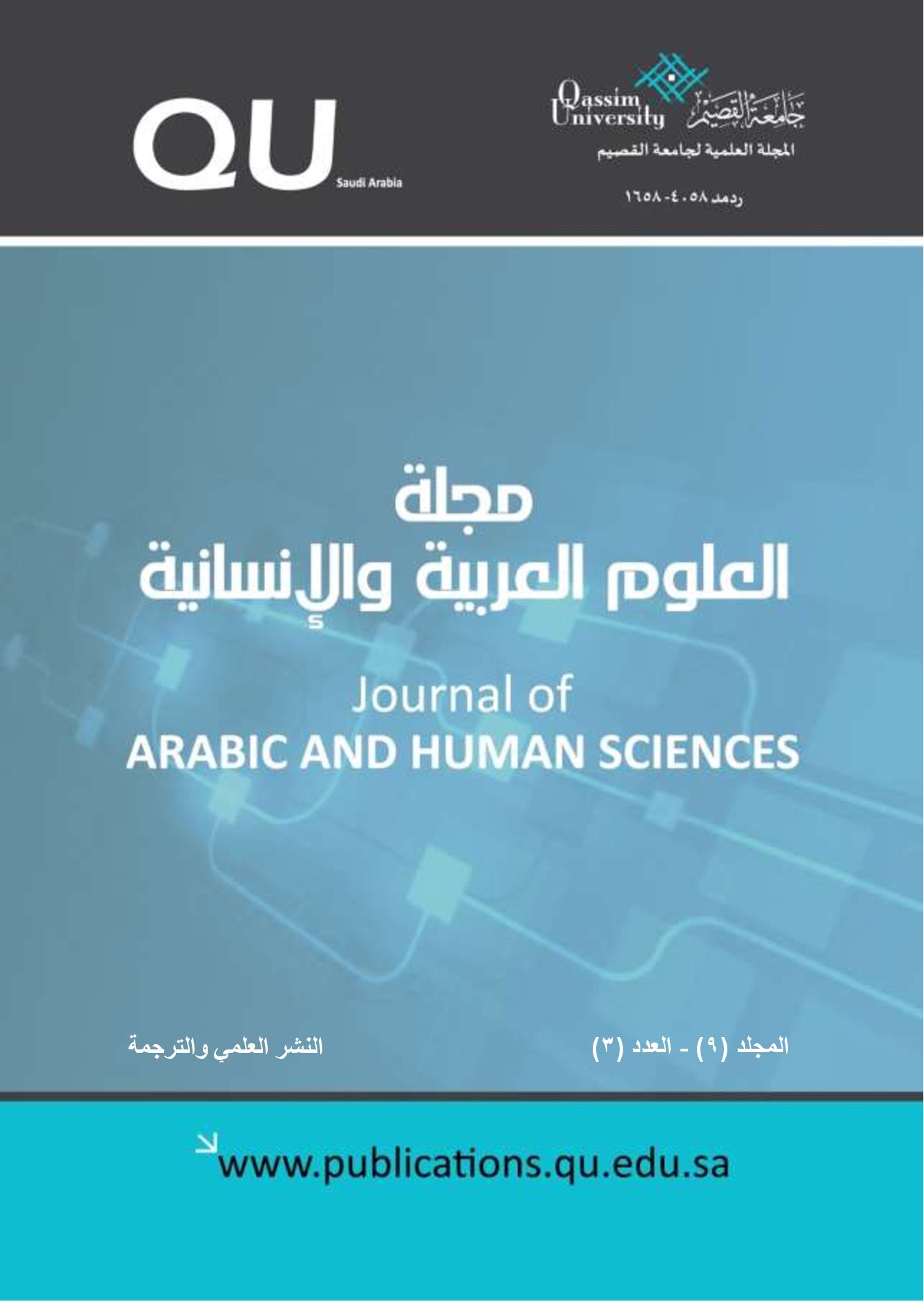GIS-Based impact of different search heuristics in relation to demand surface characteristics: comparing P-median with Grouping Genetic Algorithm approaches
Abstract
GIS-Based impact of different search heuristics in relation to demand surface characteristics: comparing P-median with Grouping Genetic Algorithm approaches
Ibrahim O Alshwesh1, Alexis Comber2, and Chris Brunsdon3
1 Department of Geography, Qassim University, Qassim, KSA;
2 School of Geography, University of Leeds, Leeds, UK;
3 School of Environmental Sciences, University of Liverpool, Liverpool, UK
Abstract. This research describes the impact of different search heuristics in relation to demand surface characteristics. A Minimise Impedance (MI) P-median model and a Grouping Genetic Algorithm (GGA) were used to determine the optimal subset of locations, of different sizes, from a set of 1991 potential supply locations, evaluated over a demand surface. The demand surface was constructed from census area centroids and road network distances between demand locations and from this the potential supply locations were subsequently calculated. Potential solutions were evaluated in terms of their demand-weighted distance. The results revealed differences in the locations which were identified as being optimal between the two approaches which dealt differently with the heterogeneity of the demand surface. The differences in facility selection are discussed in relation to varying population densities. Examination of the total average distance between the demand and potential supply locations showed that there were only minor differences between the two approaches. However, it can be argued that heterogeneous demand surfaces (for example with clusters of demand) may produce bigger differences than the solutions suggested by each model.


